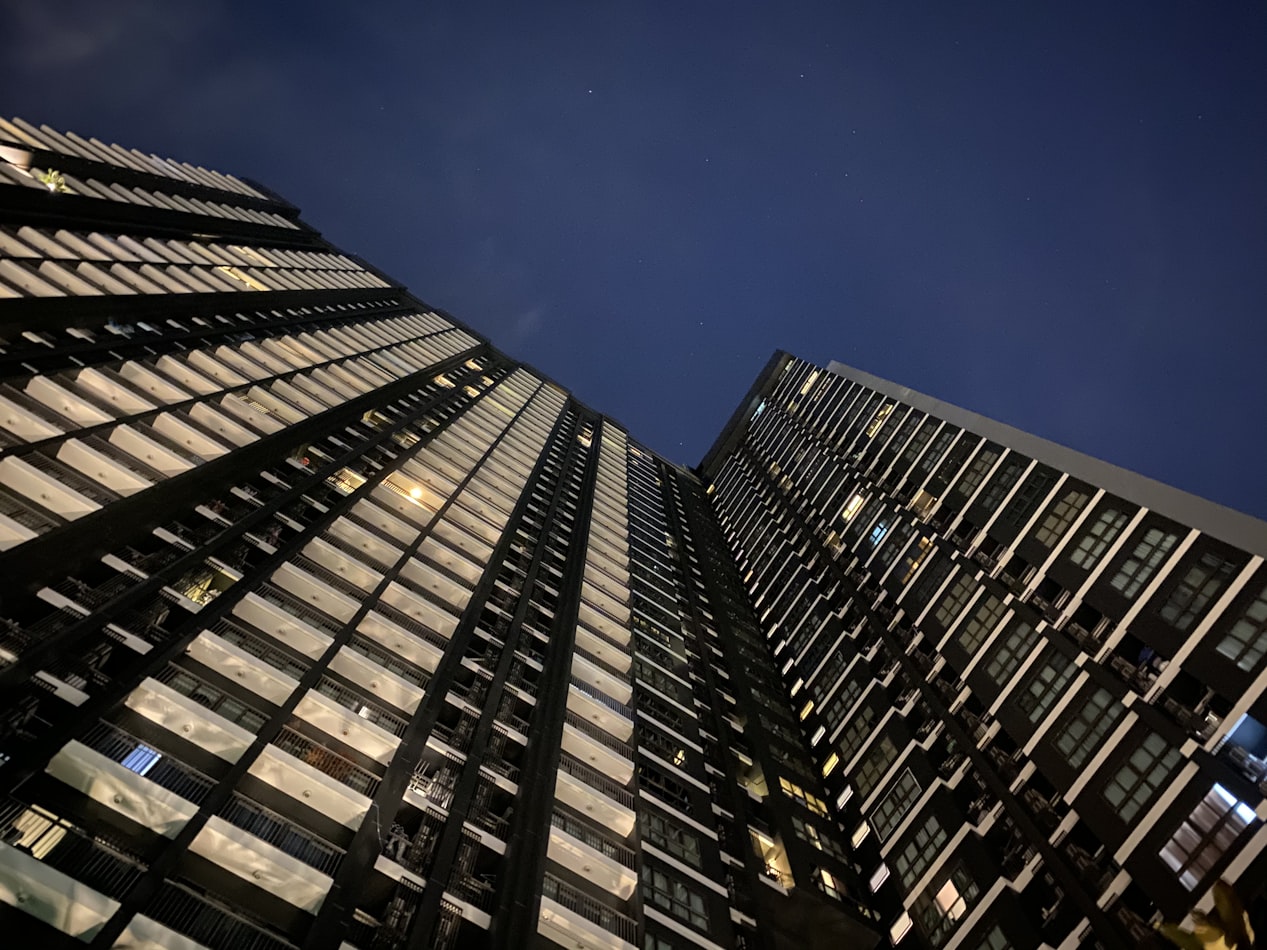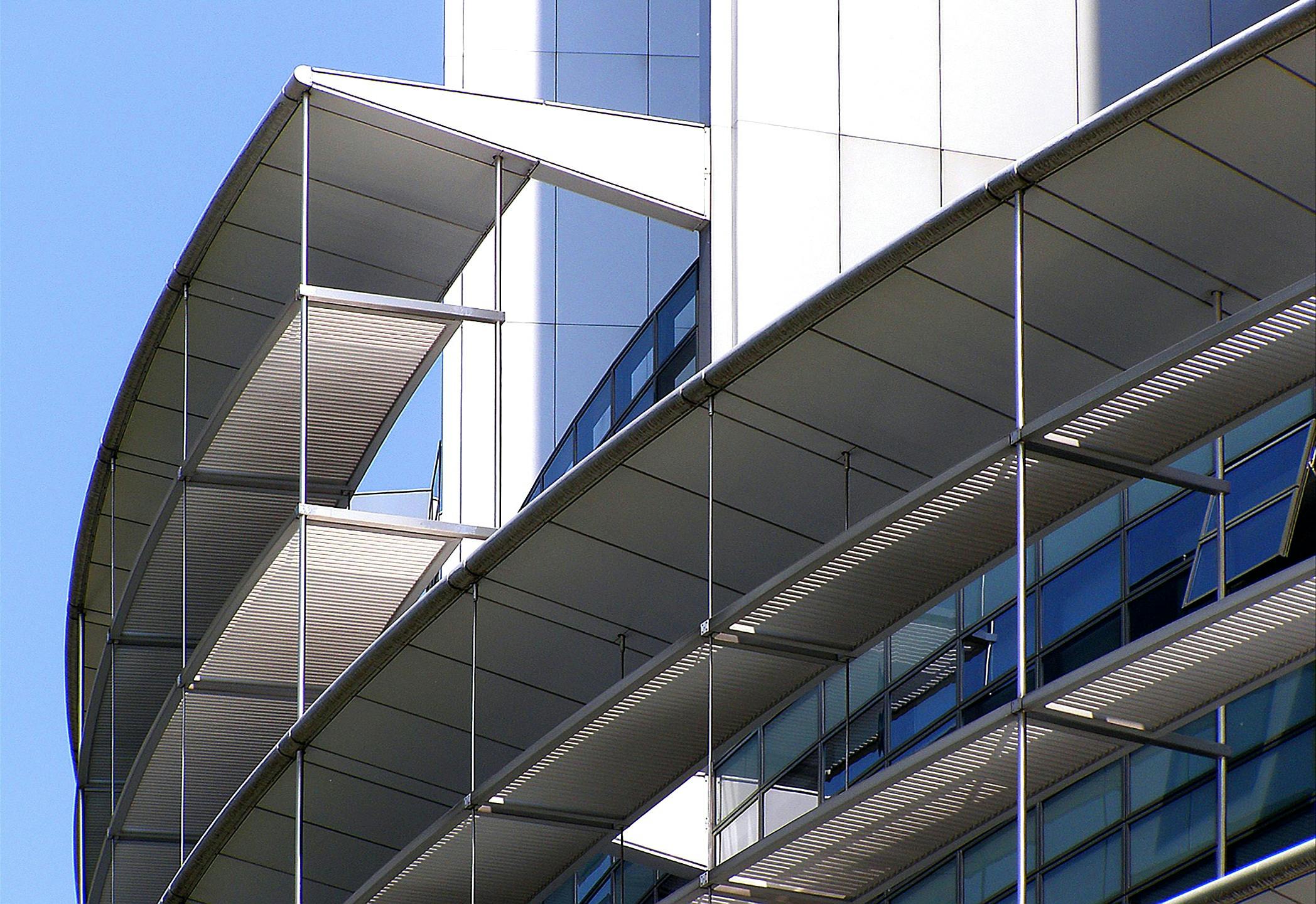Frustratingly, preventable falls from height remain among the top three causes of work-related deaths and one of the leading causes of work-related injury.
Already this year three people have died after work-related falls, including a worker who died from head injuries after falling from the roof of a van and a jockey who died after falling from a horse, both in April, as well as a worker who died after falling three metres at a school in March.
Another 380 people have been seriously injured in workplace falls this year – including a toddler who fell from a second-storey office window and a contractor who fell 5.5 metres while repairing a factory roof in Campbellfield.
WorkSafe Executive Director Health and Safety Narelle Beer reminded employers that it doesn’t matter whether a project involves a day’s work or five minutes – it’s never ok to take short-cuts when working at heights.
“A fall can happen in just seconds but the consequences can last a lifetime, including devastating injuries and loss of life,” Dr Beer said.
“Yet despite the well-known risks, we still see things like workers on a roof without fall protection, harnesses not attached to an anchor point, poorly installed scaffolding, platforms without guard rails, unprotected voids and unsafe ladders.”
Building supervisor John’s life changed forever in 2006 when he fell through a floor on the second-storey of a building, rupturing his lower spine and fracturing his neck. John’s wife Pat knows that he is lucky to be able to walk, but the trauma and resulting mental injury has meant he can no longer work.
“John’s accident turned our whole world upside down. It absolutely destroyed him and it wasn’t long after that he actually had a mental breakdown. The person that John is today, is not the person he was before the accident.”
Since January WorkSafe has prosecuted 17 employers for failing to take reasonable safety precautions while working at heights, leading to $1.1 million in court fines, costs and enforceable undertakings.
Last month WorkSafe charged garlic bread manufacturer Risham Nominees Pty Ltd, trading as Centenary Bakehouse, with workplace manslaughter for multiple health and safety breaches after a worker fell to their death in August 2021.
In March, electrical services company Sentenal Technologies Pty Ltd was convicted and fined $32,000 after a WorkSafe inspector saw five workers on the roof of a Corio warehouse without harnesses or edge protection.
Construction work poses the greatest risk of serious injury or death from falls. Almost half (18) of the 41 fatal falls since the start of 2018 involved construction workers, including three falls from or through roofs, three through stairwell voids, three from ladders and three from scaffolding.
About a third of the 7,395 accepted claims for fall injuries in the same period came from construction workers (2,168) and almost half of those fell from ladders (913).
The next most common industries for falls claims were transport, postal and warehousing (652), manufacturing (623), arts and recreation services (623), health care and social assistance (483), education and training (413), wholesale trade (393) and retail (377).
Across all industries, steps and stairways accounted for a quarter of all accepted fall injury claims (1,792), followed closely by ladders (1,664).
Five workers died after falls from horses, with another 479 injured. Four workers lost their lives falling from trucks, semitrailers and lorries and 378 were injured.
Falls can also happen in the office, such as the 268 workers seriously injured falling from chairs or furniture since 2018, including a worker seriously injured when they fell while standing on a table to take a group photo.
To prevent falls from height employers should:
- Eliminate the risk by, where practicable, doing all or some of the work on the ground or from a solid construction.
- Use a passive fall prevention device such as scaffolds, perimeter screens, guardrails, safety mesh or elevating work platforms.
- Use a positioning system, such as a travel-restraint system, to ensure employees work within a safe area.
- Use a fall arrest system, such as a harness, catch platform or safety nets, to limit the risk of injuries in the event of a fall.
- Use a fixed or portable ladder, or implement administrative controls.








